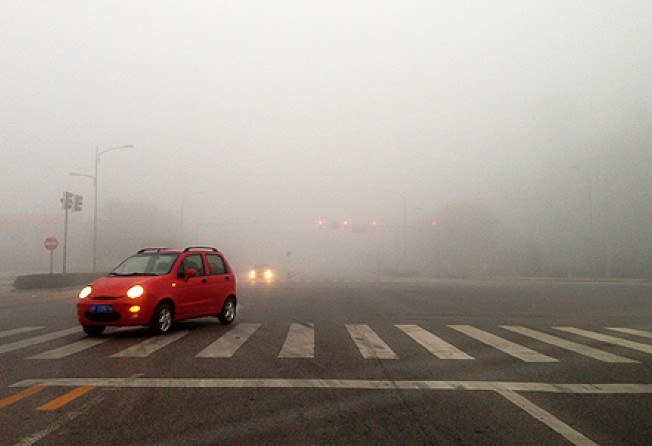No smoke without fire – is Cantonese cooking cleanest in China?

A national debate is underway in the Chinese press to find out just how damaging cooking is to the environment after a Beijing government official said that Chinese cooking was the main source of air pollution in the capital.
A local Jiangsu paper Modern Express reported that although cooking was not a major source of air pollution, in an enclosed environment, the effect could be significant. Especially when cooking Hunan and Sichuan dishes, the smoke was much heavier than in Cantonese cooking, which used steaming and boiling as the main cooking methods.
Large amounts of oil, frying chillies and other spices, a lot of heat and frequent stirring are some of the elements of Hunan and Sichuan cooking that produce smoke.
“Frying spices at high temperatures is what makes Sichuan cuisine delicious,” said chef Deng, owner of a Sichuan restaurant in Wan Chai, Hong Kong. “Of course it produces a lot of smoke, but if your smoke extractor is good enough, it should not be a problem.”
According to Deng, a good smoke extractor could cost hundreds of thousands of dollars. But many smaller restaurants skip this step to save money.
Beijing newspaper, Beijing News, invited environmental protection organisation Nature University to test PM2.5 – atmospheric particulate matter with a diameter of 2.5 micrometres or less – while frying potato chips, boiling corn, steaming buns and stir frying traditional Chinese dishes.
While boiling corn, PM2.5 increased 11 micrograms per cubic metre. Steaming buns saw an increase of 21 to 59 micrograms per cubic metre. Both results were considered negligible. However, frying potato chips for 10 minutes pushed PM 2.5 to 165 micrograms per cubic metre and stir frying spices raised the level to 787 micrograms per cubic metre.
China’s PM2.5 monitoring website cnpm25.cn rates air quality as “excellent” if the amount of PM2.5 is below 35 micrograms per cubic metre; between 25 to 75, air quality is rated “good”; between 115 to 150, it is considered “moderately polluted”; and from 150 to 250, it is rated “heavily polluted”. If the number is above 350, the air is severely contaminated.
According to United States Environmental Protection Agency, sources of PM2.5 include “all type of combustion, including motor vehicles, power plants, residential wood burning, forest fires, agricultural burning, and some industrial processes.”
Another experiment compared traditional Chinese home-cooked dishes to see which produced the most PM2.5. Stir-fried pork with beans released the highest amount – 494.21 milligrams per cubic metre – while stir-fried cabbage produced PM2.5 253.7 milligrams per cubic metre, almost equal to the amount produced by a car driving at 56 km/h.
However, netizens expressed doubts about the findings. One pointed out that car emissions were measured in milligrams, while PM2.5 is measured in micrograms.
While nutritionists have suggested steaming vegetables first and using less spices, oil and heat to reduce pollution a netizen suggested a different approach, “Why not ask government officials to drive less. Then we can have an extra dish. That’s social morality.”